このもんだいは ふくざつに___けど、じつは かんたんです。a. みえる b. みつける c. みる d. みられる The correct answer is a. みえる. 見(み)える has a few…


このもんだいは ふくざつに___けど、じつは かんたんです。a. みえる b. みつける c. みる d. みられる The correct answer is a. みえる. 見(み)える has a few…

10キロ走(はし)ることができます。=10キロ___ます。a. はしって b. はしられ c. はしり d. はしれ The intended meaning is I can run 10 kilometers, so the answer…
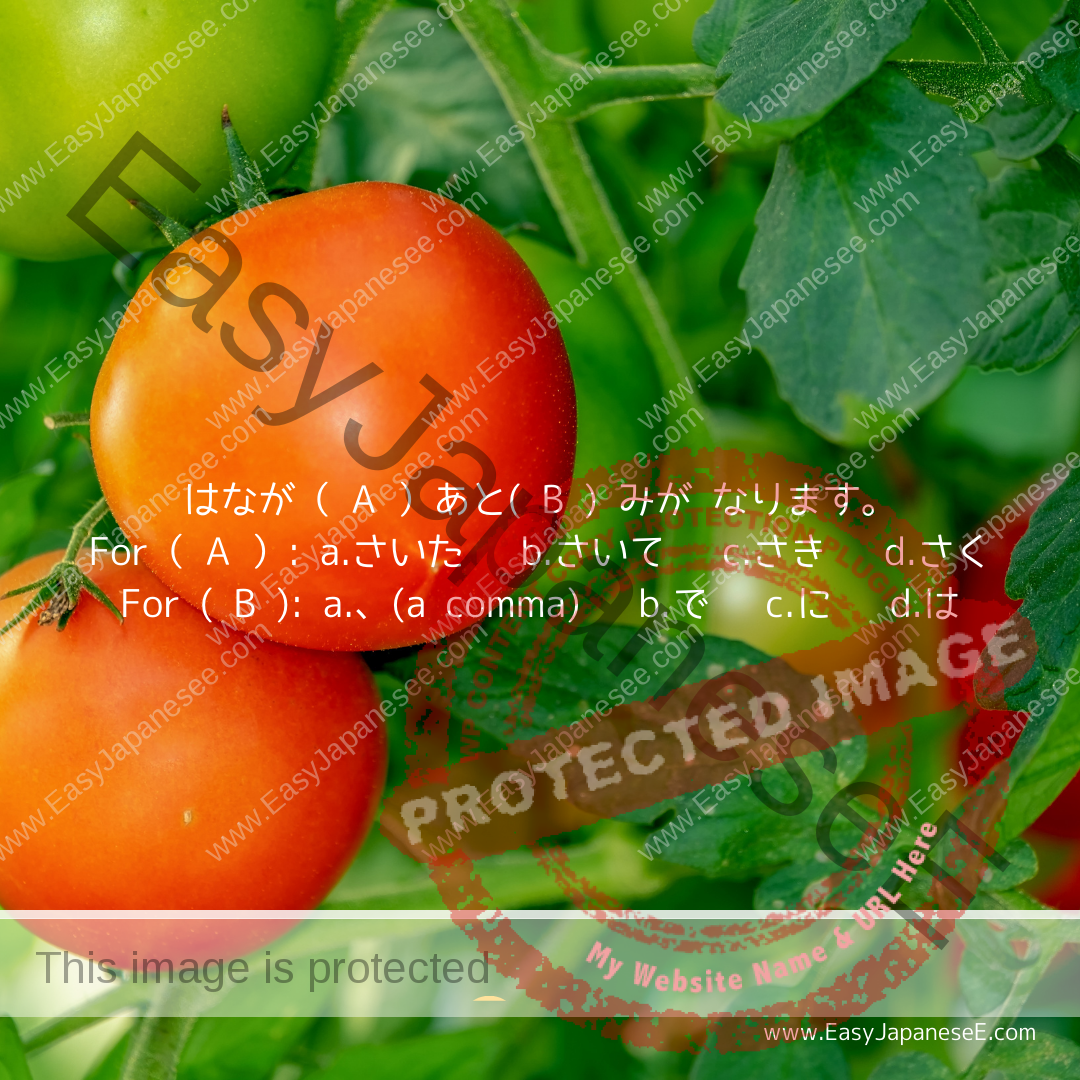
~あと means “after ~” and it is used after a past plain form verb and depending on the particle used after it, the nuance gets slightly altered.

Today’s post is about how to say “approximately” in Japanese. Some are used before a number phrase and others are used after.
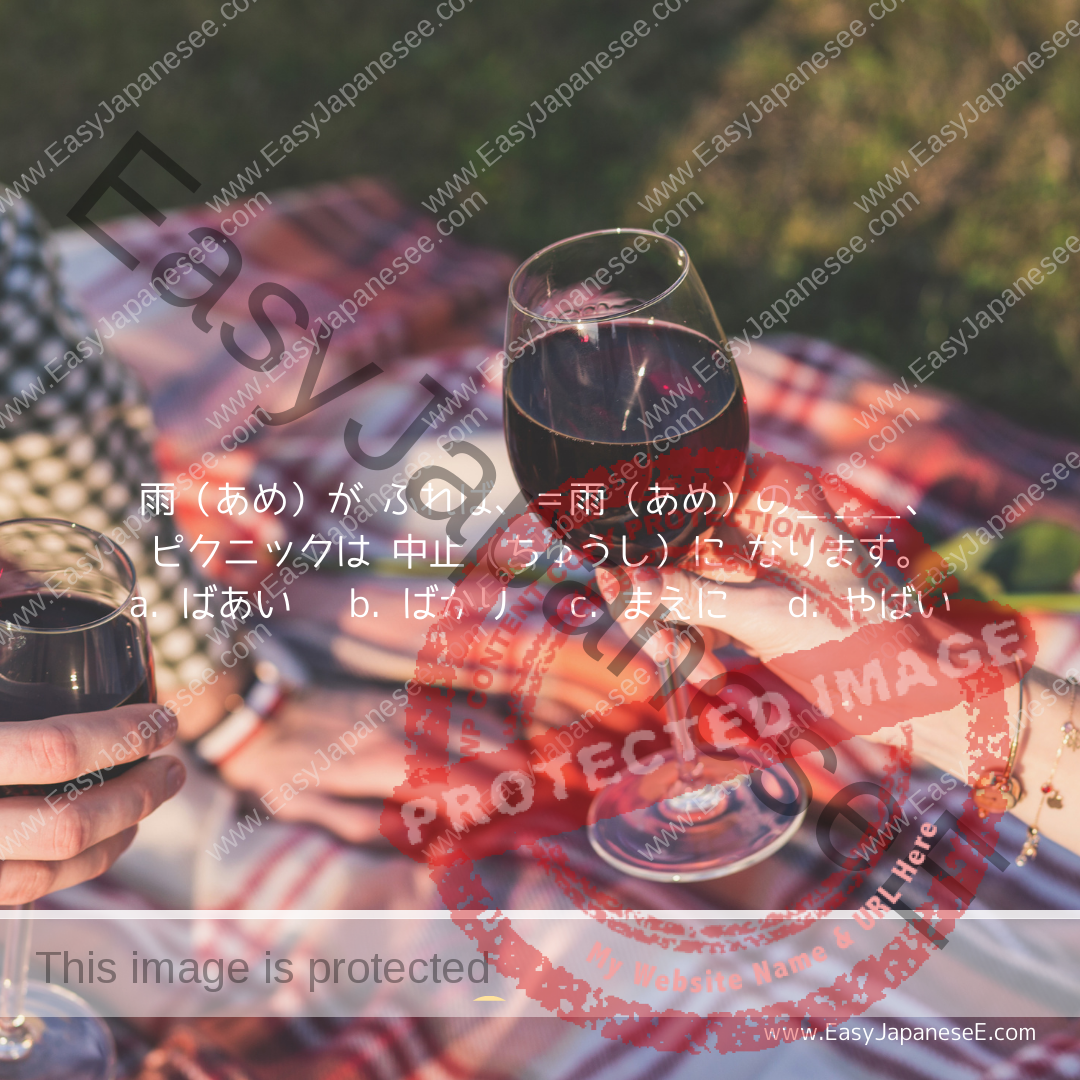
雨(あめ)が ふれば、ピクニックは 中止(ちゅうし)に なります。=雨(あめ)の___、ピクニックは 中止(ちゅうし)に なります。a. ばあい b. ばかり c. まえに d. やばい The intended meaning is: In case of…
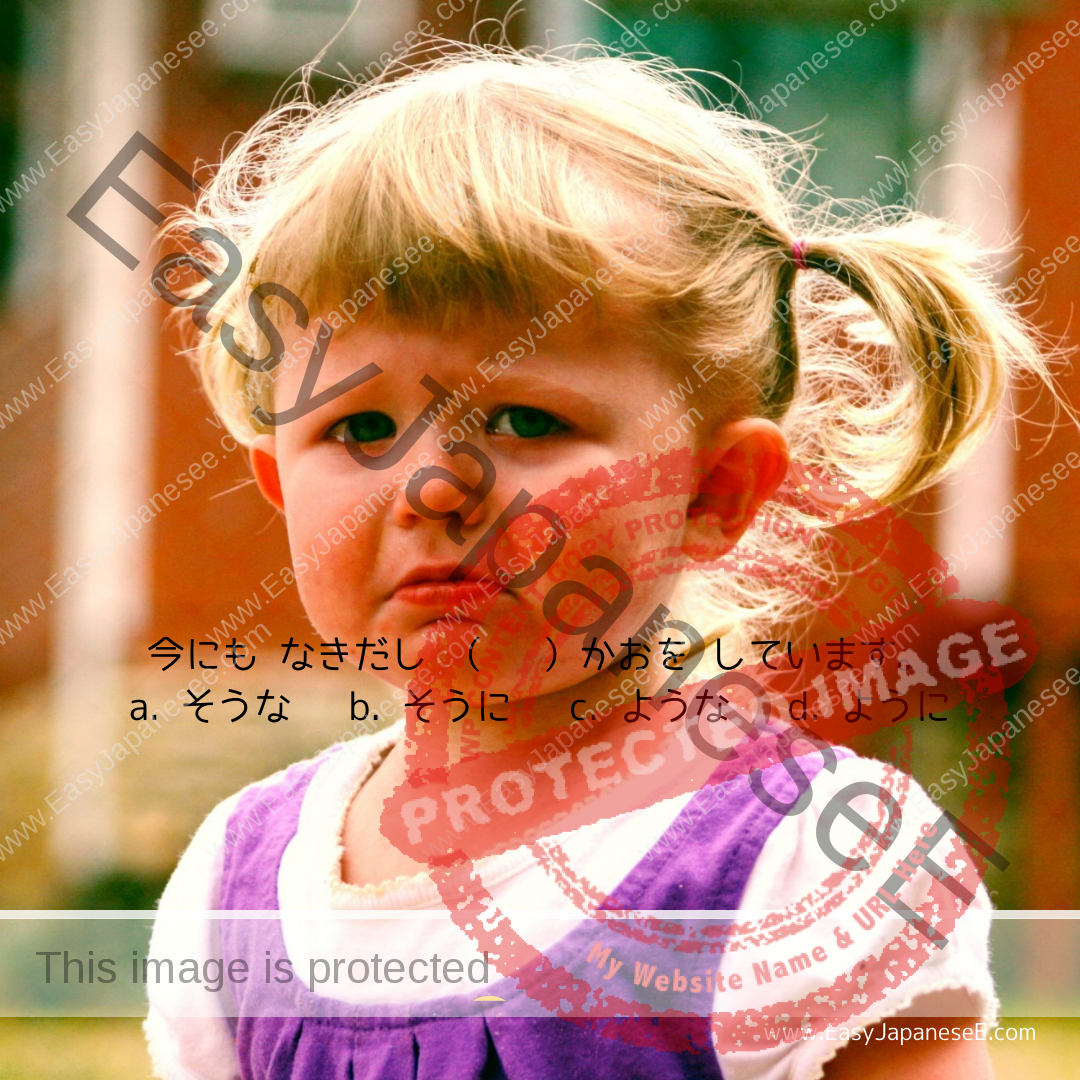
When ~そう is used with the stem of a verb or an adjective, it describes what the speaker thinks will happen or how the situation look to the speaker.
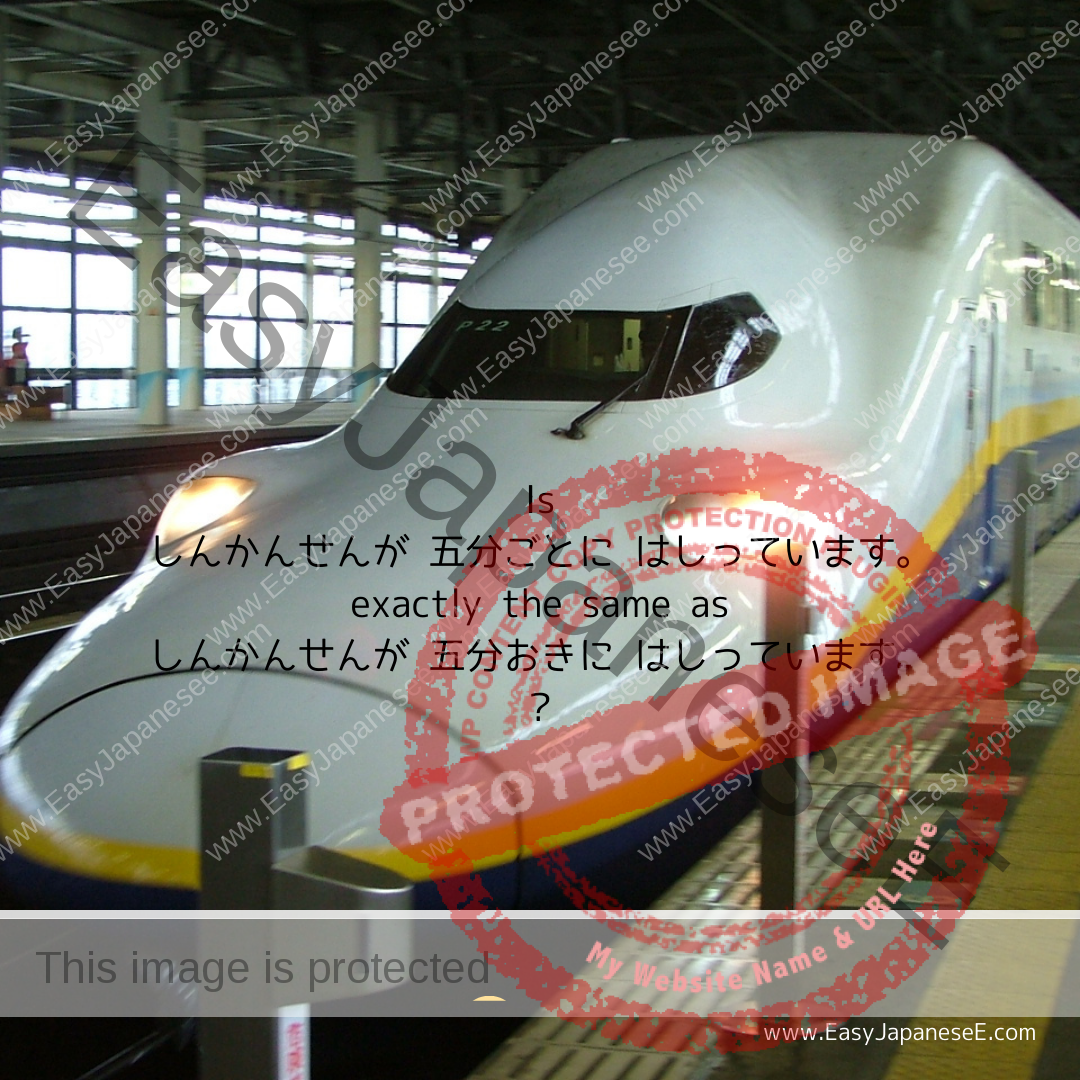
~ごと and ~おき are similar and sometimes they are interchangeable but other times they are not. This post explains the difference and the way to avoid confusion.
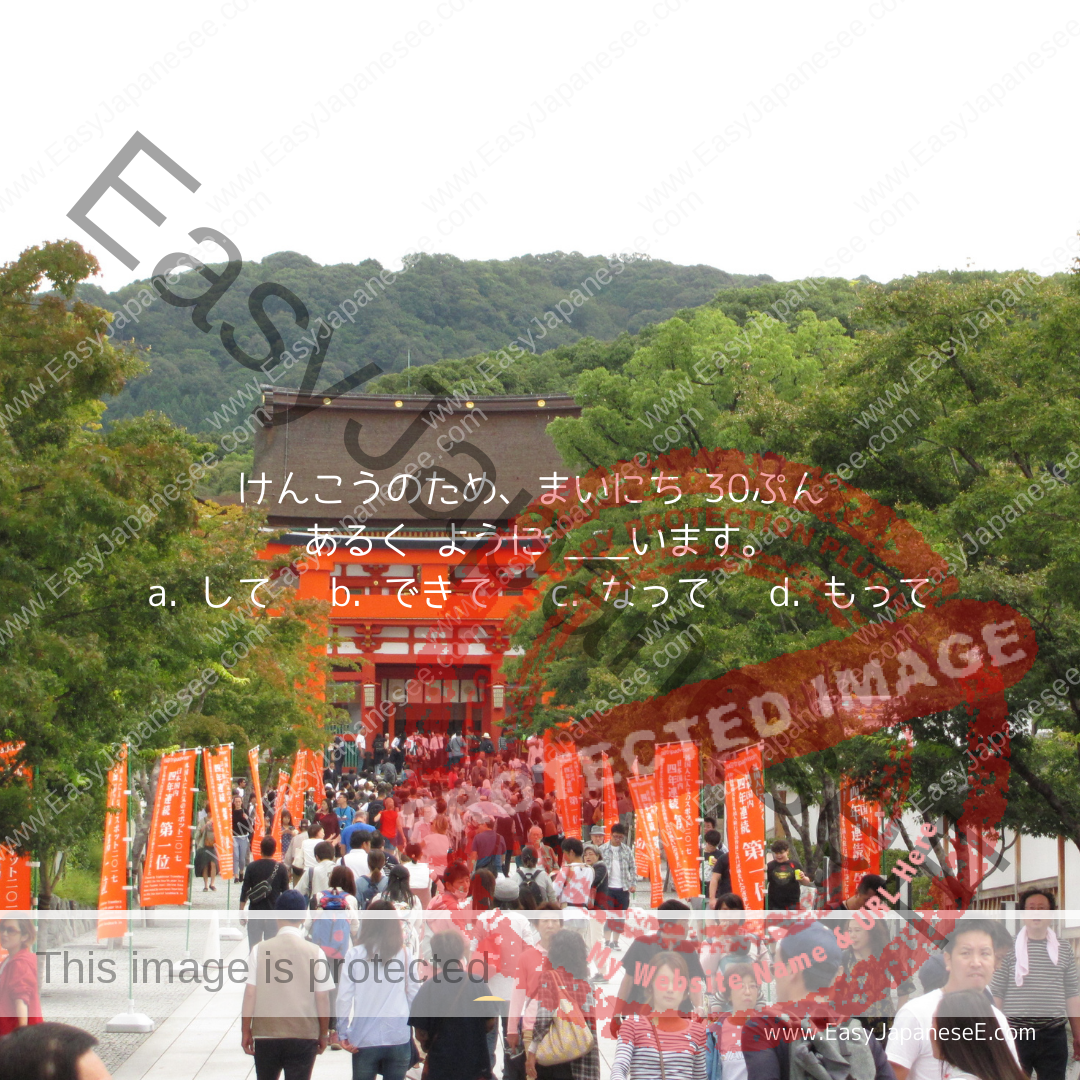
~ようにする is used with a dictionary form verb to describe a conscious effort to do ~. It can be used with a ないform verb to describe a conscious effort NOT to do ~.
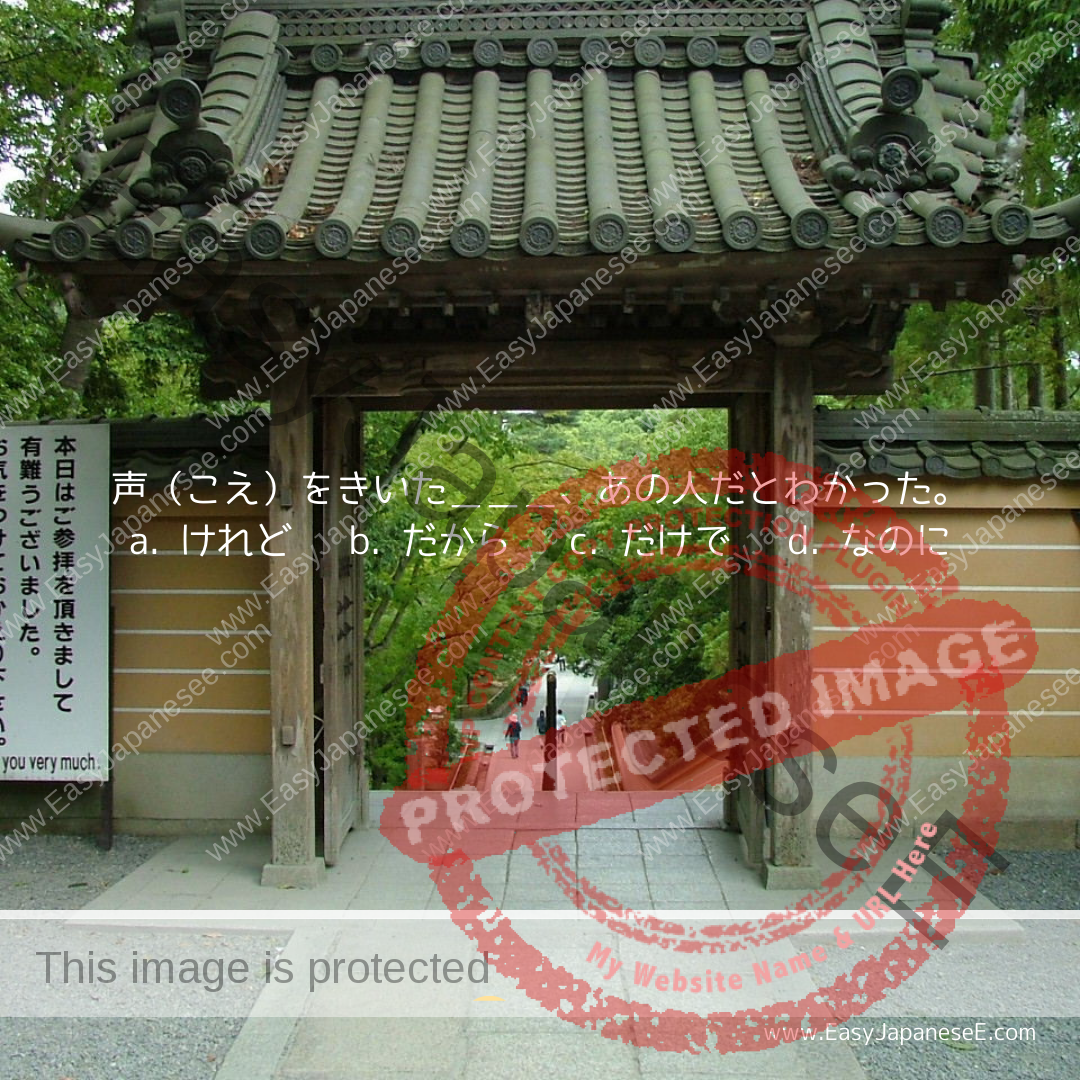
声(こえ)をきいた___、あの人だとわかった。a. けれど b. だから c. だけで d. なのに The intended meaning is: I could tell it was him by just…
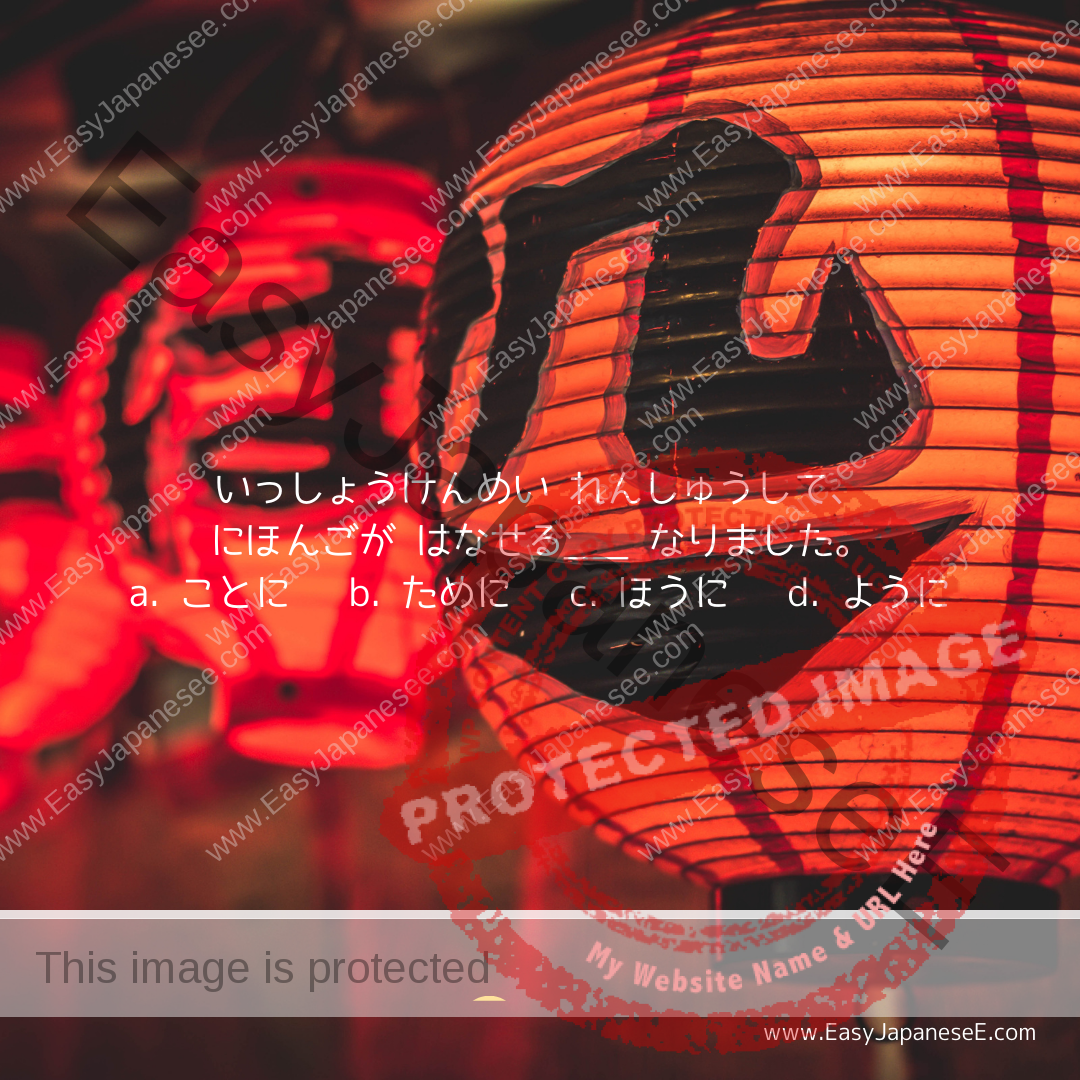
~ようになる is often used with a potential (form) verb to describe an acquisition of a skill. If NOT used with a potential (form) verb, it means “to start to …”
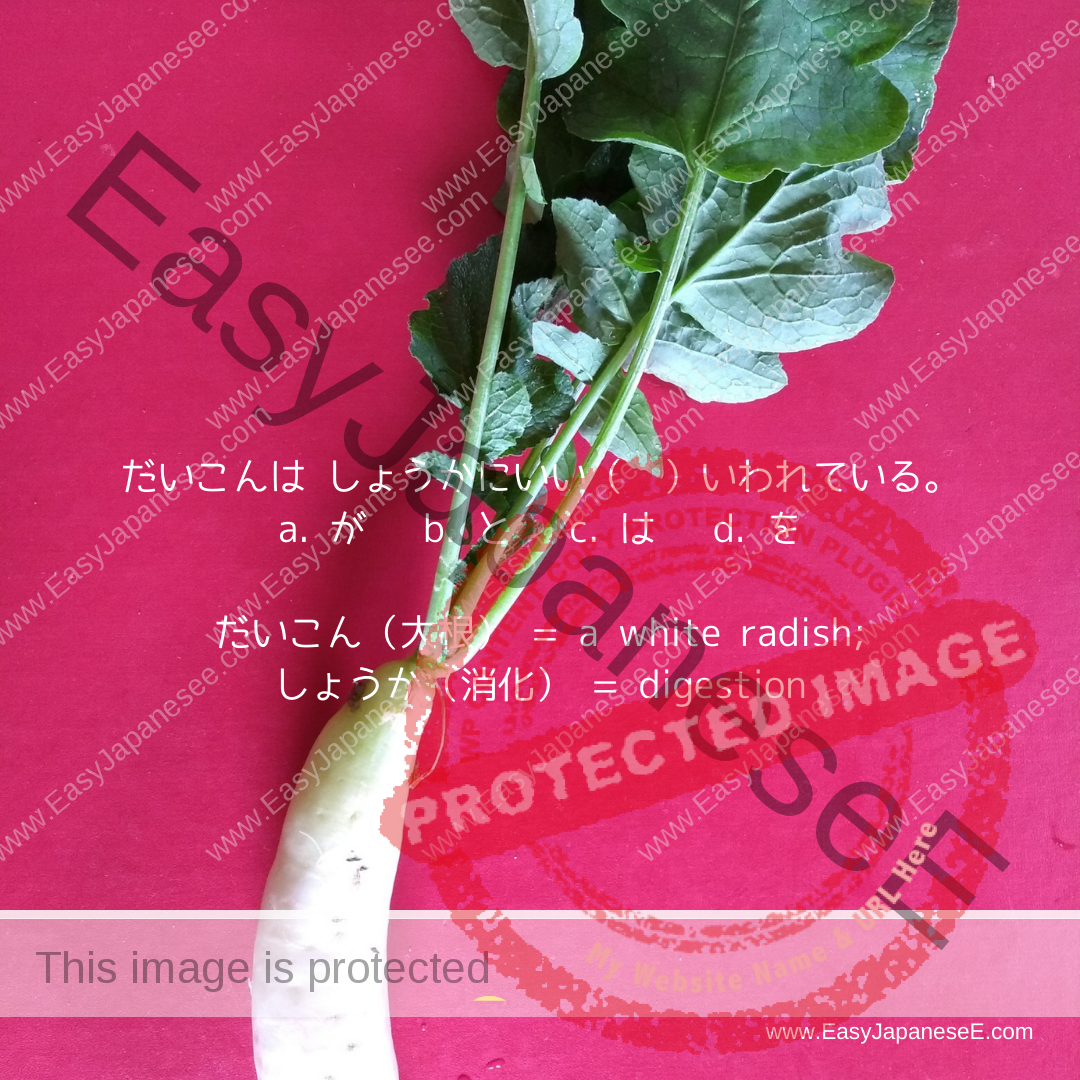
大根(だいこん)は消化(しょうか)にいい( )言われている。a. が b. と c. は d. を 消化(しょうか) = digestion Today’s expression is the quote marker と +…
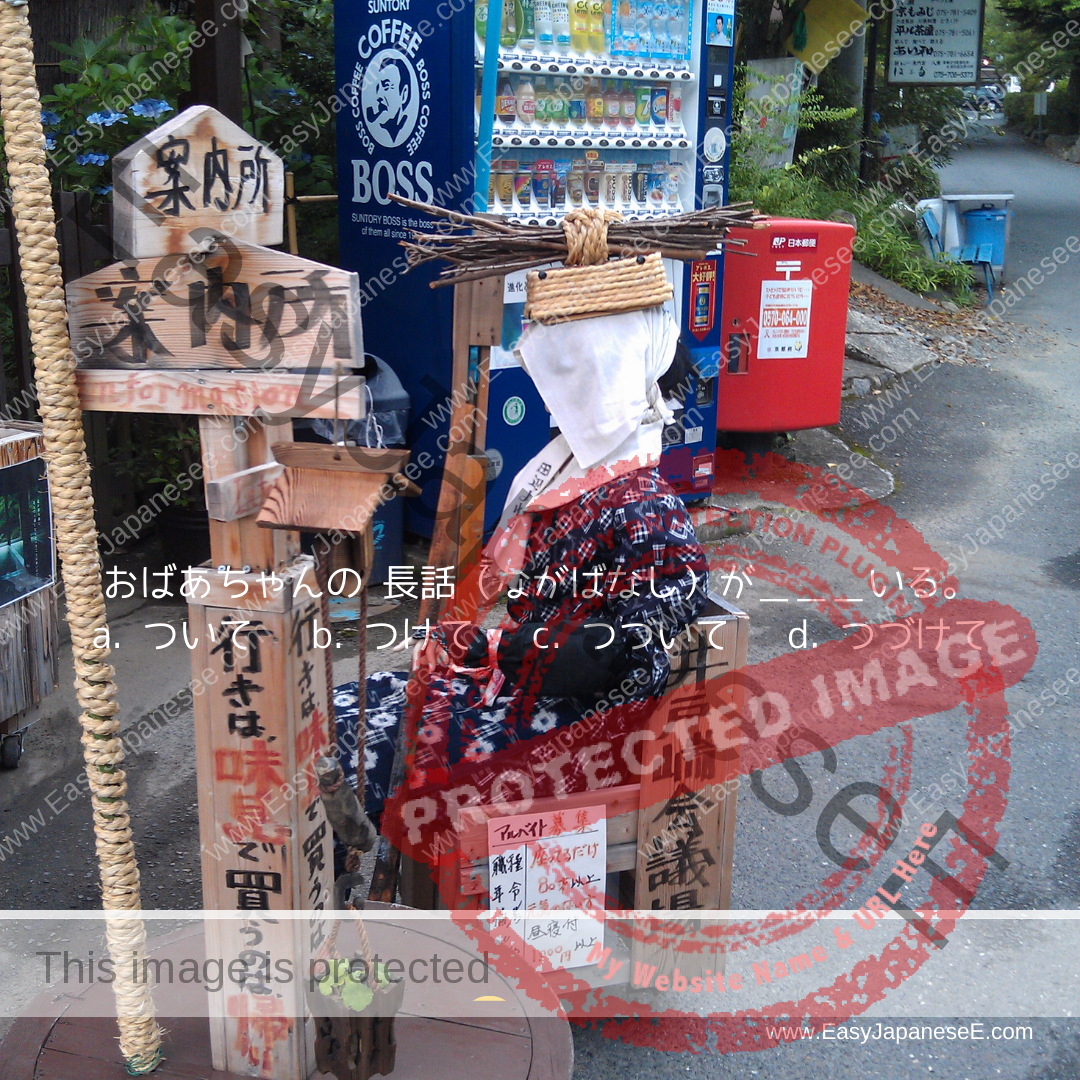
おばあちゃんの 長話(ながばなし)が___いる。a. ついて b. つけて c. つづいて d. つづけて The intended meaning is “Grandma’s long story is still going” and…
![[verb stem]+続(つづ)ける](https://www.easyjapanesee.com/wp-content/uploads/2020/10/201015-~つづける.png)
a. 父(ちち)は50年間(ねんかん)このラジオを聞(き)き__。a. ついた b. つけた c. つづいた d. つづけた The intended meaning is “My father kept listening to this radio…

When will you most likely hear “あの先生はやさしいと言ってもいい”? a. When the teacher is absolutely nice.b. When the teacher is rather nice.c.…
![[past plain verb] + ばかり](https://www.easyjapanesee.com/wp-content/uploads/2020/10/201012-ばかり.png)
ばかり has many meanings depending on how it’s used but if it’s used in the form of [plain past verb] + ばかり, that means “to have just done ~”
![[verb stem] + 方(かた)](https://www.easyjapanesee.com/wp-content/uploads/2020/10/201008読み方.png)
[verb stem] + かた means “how to ~” or “the way (a person) do ~.” One thing worth while remembering is the particle before [verb stem] + かた is usually の, not を.
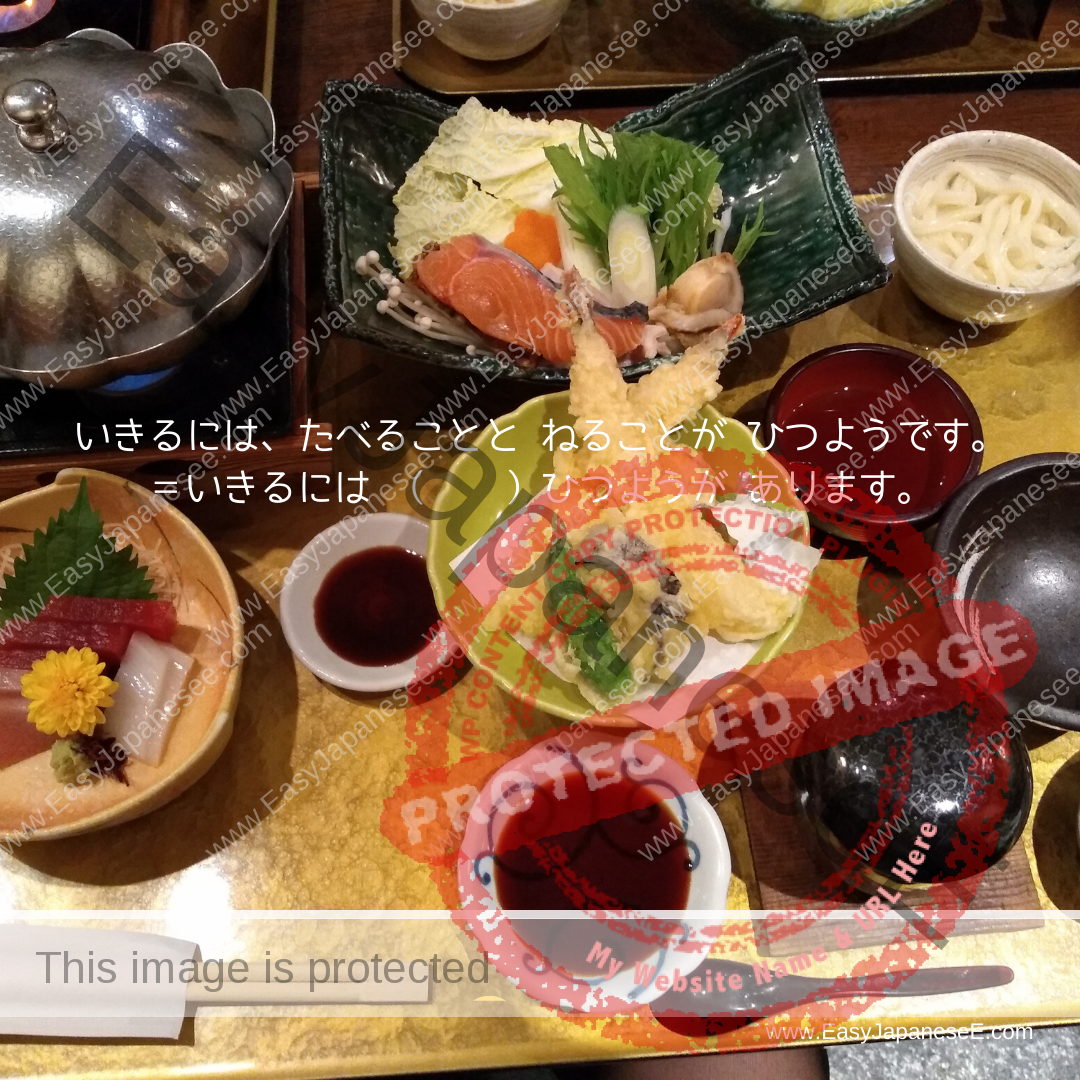
いきるには、たべることと ねることが ひつようです。=いきるには ( )ひつようが あります。 Not long ago, I talked about ひつよう as a なadjective and today I am…
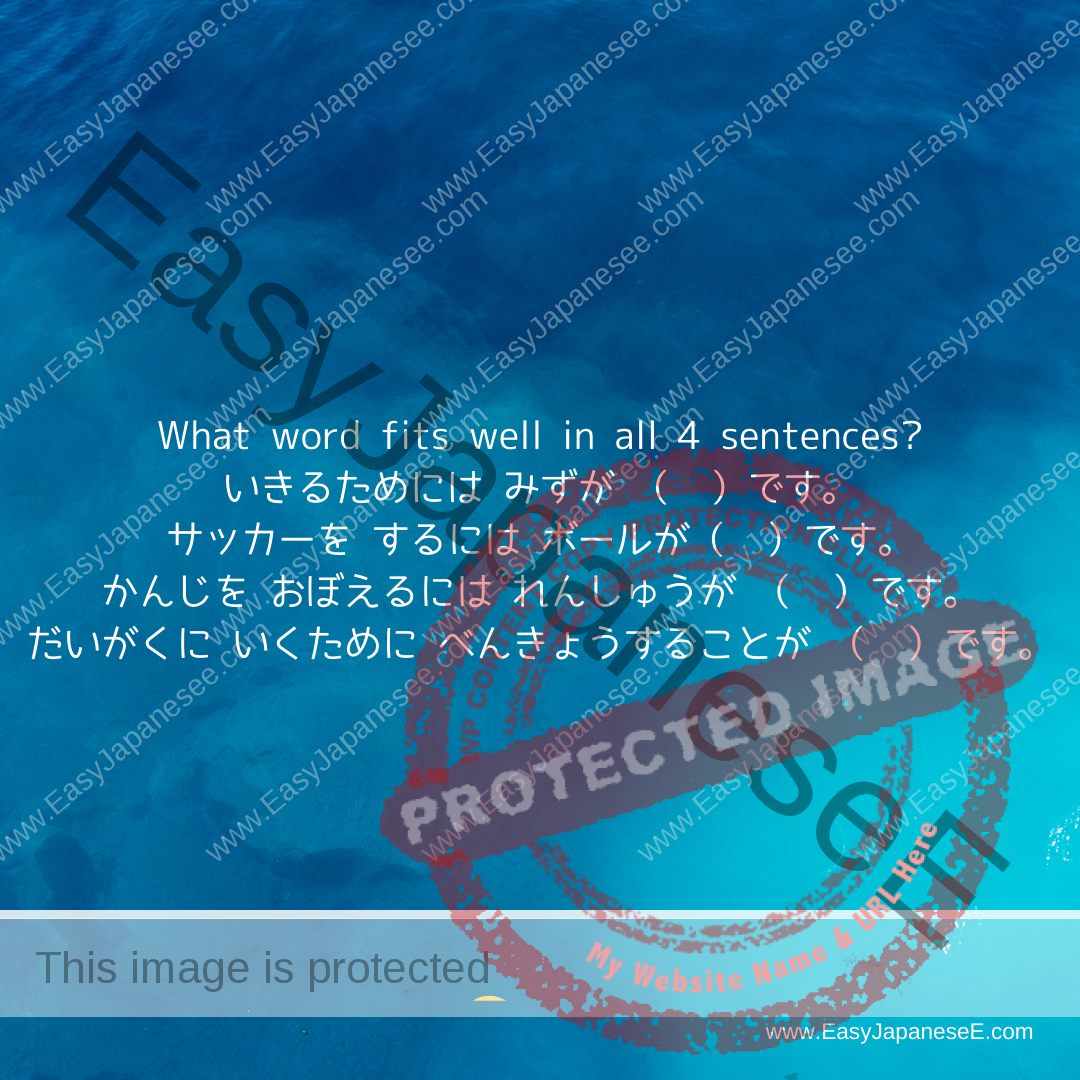
What word fits well in all 4 sentences? いきるためには みずが ( )です。サッカーを するには ボールが( )です。かんじを おぼえるには れんしゅうが ( )です。だいがくに いくために…
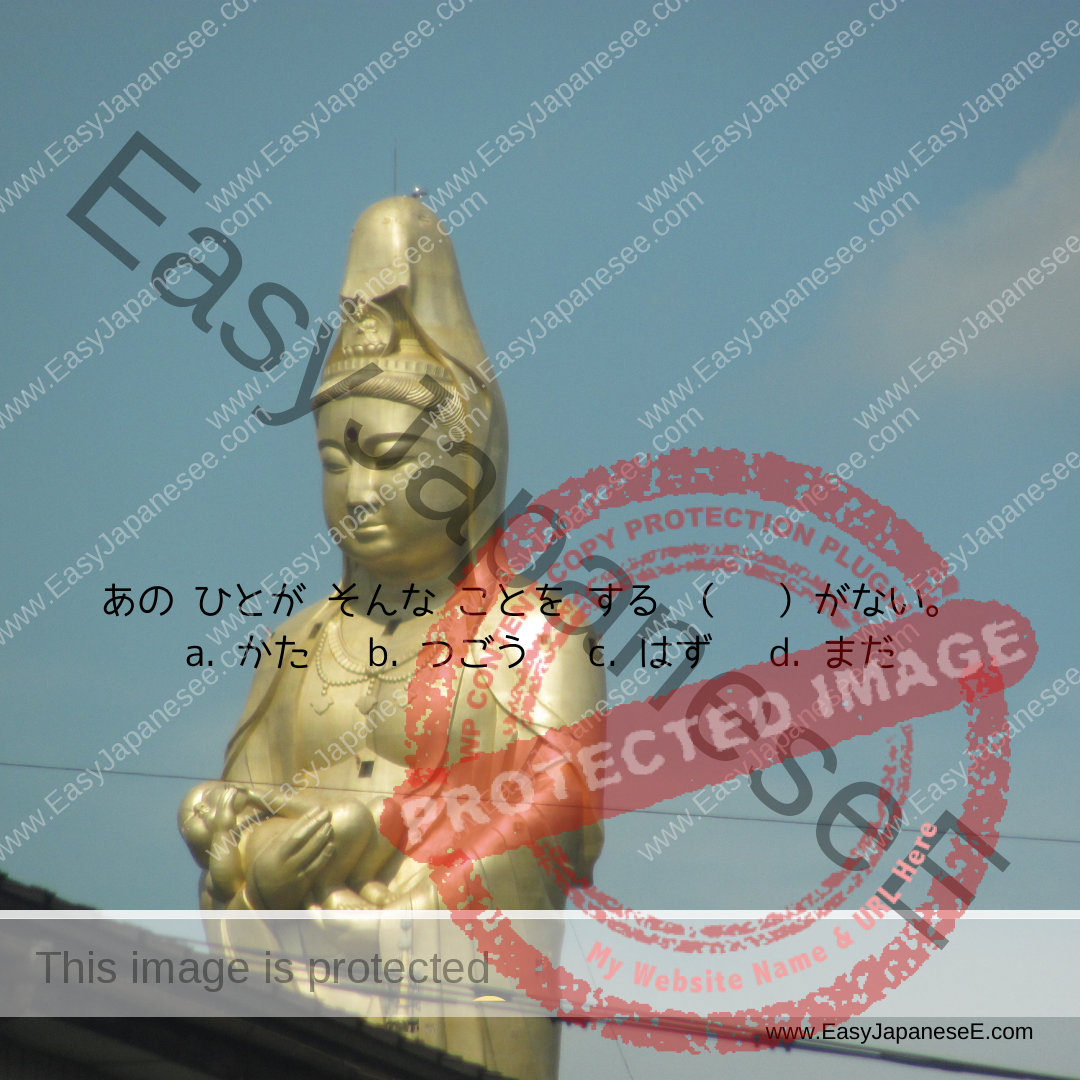
~はずがない expresses a belief that something will NOT happen. It can be used with a negative adjective/verb to express a strong belief that something WILL happen
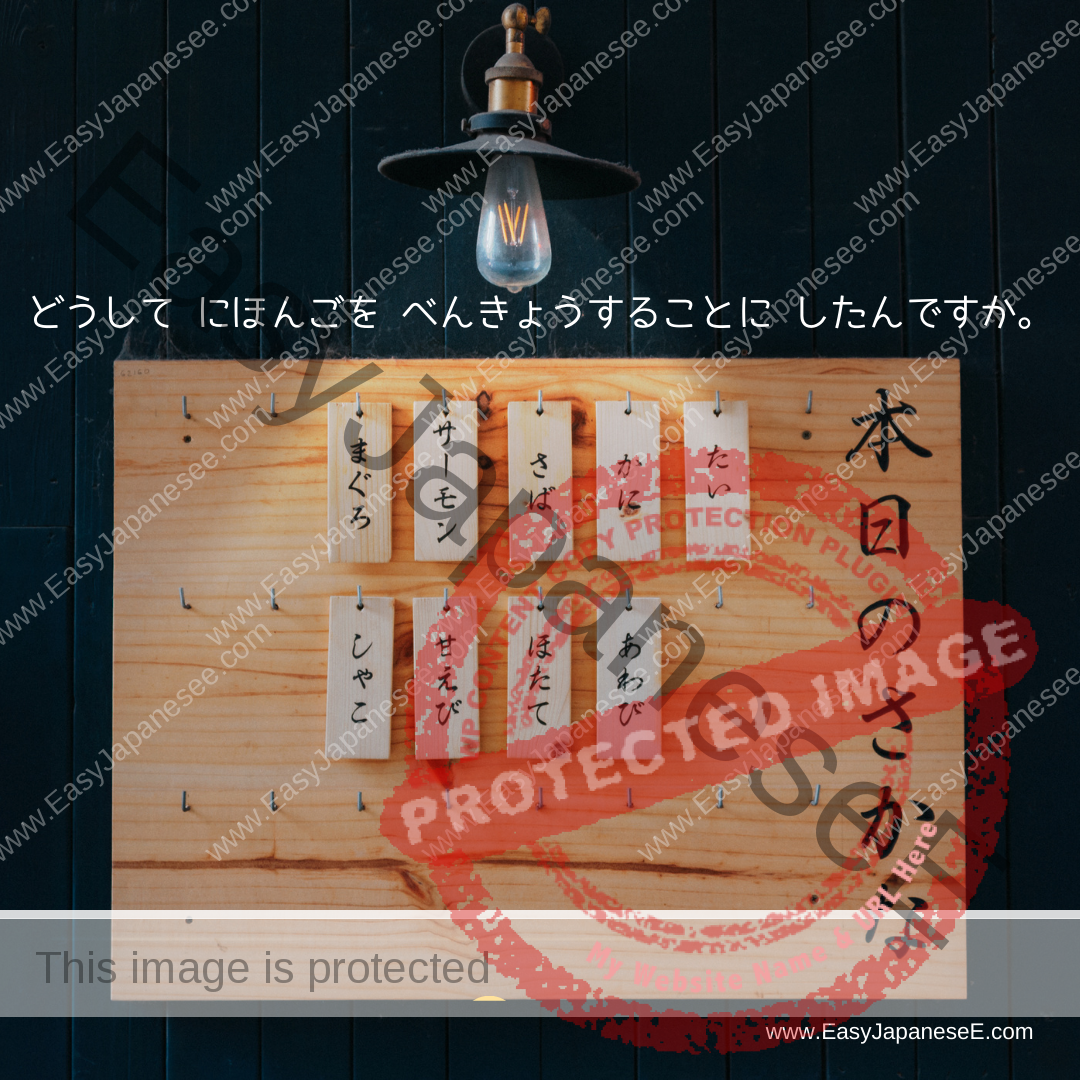
どうして にほんごを べんきょうすることに したんですか。コメントして ください。 ~することにする means “…have decided to do ~.” So my question here is why have you…
